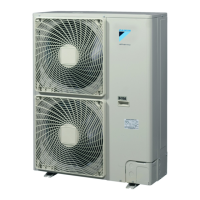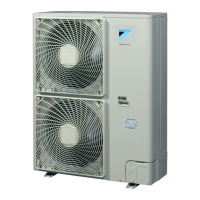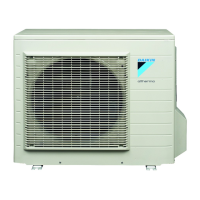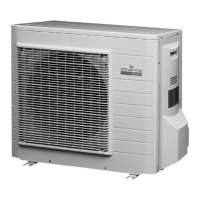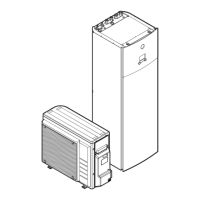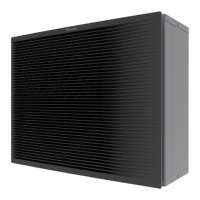
Do you have a question about the Daikin altherma ERHQ016BAV3 and is the answer not in the manual?
| Model | ERHQ016BAV3 |
|---|---|
| Category | Heat Pump |
| Type | Outdoor Unit |
| Heating Capacity (kW) | 16.0 |
| Cooling Capacity (kW) | 14.0 |
| Energy Efficiency Class | A++ |
| Refrigerant | R-410A |
| Operating Temperature Range Heating (°C) | -20 to 35 |
| Operating Temperature Range Cooling (°C) | 10 to 46 |
Explains the severity and probability of warnings and safety symbols used in the manual.
Critical safety instructions on switching off power, waiting period, measuring voltage, and avoiding touching live parts.
Warning about touching hot or cold piping and internal parts during or after operation to prevent burns or frostbite.
Emphasizes keeping the R410A system clean, dry, and tight, and charging refrigerant in liquid state.
Details requirements for foundation work, including checking strength, level, and using foundation bolts for secure installation.
Specifies construction material, temper grade, and minimal pipe thickness for refrigerant piping.
Details procedures for vacuum leak test and pressure leak test using bubble test solution.
Step-by-step procedure for removing moisture from the system using a vacuum pump.
Provides tables to calculate the additional refrigerant charge based on piping length for ERHQ models.
Provides a formula to calculate additional refrigerant charge based on piping length for ERLQ models.
Instructions for complete recharging, including vacuum drying and determining the necessary refrigerant amount.
Emphasizes authorized electrician, compliance with legislation, and high voltage safety.
Critical warning about disconnecting power, waiting, and measuring voltage before touching electrical parts.
Warnings about interrupting supply circuits, installing earth leakage breakers, and using copper wires.
Warning about leaving the unit unattended during installation or servicing when the service panel is removed.
Checklist for pre-run checks covering electrical wiring, refrigerant piping, and extra refrigerant.
Guides on checking for abnormalities and diagnosing potential malfunction codes before identifying issues.
General precautions for maintenance, including safety warnings for electrical shock and touching hot parts.
